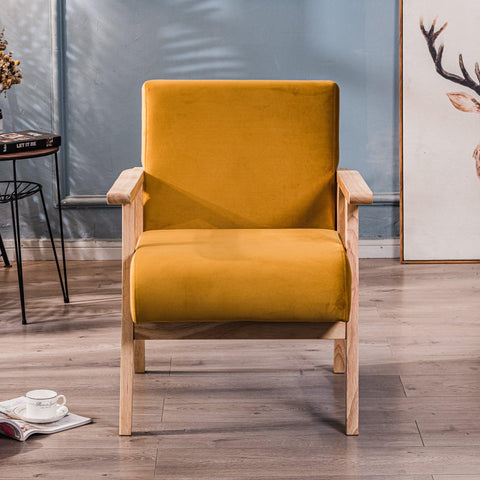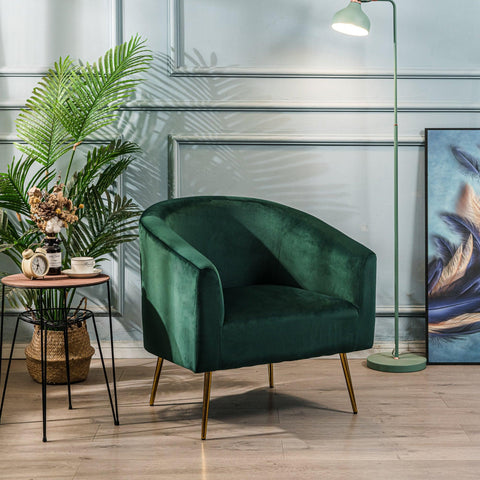Do you have a decoration project? What if the choice of colors in your decor could influence everything else?
How to balance the colors of your decor? Do you want to create a calming atmosphere while being warm? You don't want to overload your interior but also don't want to opt solely for white and neutral colors?
Discover our tips for choosing the right colors for the right rooms in your home!
Color Theory: The Color Wheel
Let's start from the beginning: color theory, the art of combining colors! Color theory includes several elements: the color wheel, color schemes, and color temperatures. All this aims to create the most harmonious combinations.
The color wheel includes:
- Primary Colors: There are three: red, yellow, and blue.
- Secondary Colors: Created by combining primary colors (for example, purple or green).
- Tertiary Colors: Created from a mixture of secondary and primary colors.
Color Theory: Color Scheme
Next comes the color wheel that allows you to associate these colors logically. This is what we call a color scheme, the aesthetic basis for creating an initial palette. There are several types of color schemes to find your perfect combination:
- Complementary: Complementary or opposite colors on the color wheel
- Intermediate Complementary: Three colors: the main color and the neighboring colors of its complement
- Triadic: Three colors from equidistant points on the color wheel
- Monochromatic: Different shades and depths of the same color
- Analogous: The main color and the colors on each side of the color wheel
- Neutral: Uses a color that has been toned down by adding black
- Achromatic: No color, just blacks, whites, and grays
- Secondary: Green, purple, and orange used together
What Colors for Which Room in Your Home?
Colors influence our emotions, concentration, and moods! Hence the importance of choosing them with care according to the different spaces in the house.
In general, warm colors (yellow, orange, red) are associated with love, passion, anger, and happiness. Conversely, cool colors (blue, white) have a calming effect and are associated with serenity, calm, and peace.

Yellow
Yellow also brings energy. It is considered stimulating and inspiring thanks to its warm and welcoming nature. It is associated with the sun, energy, and creativity as it is said to stimulate intellect.
However, caution is warranted as yellow can also have negative effects. It might evoke feelings of frustration or anger. Thus, it should be used sparingly.
Use yellow:
- in the kitchen (lemon yellow)
- in the dining room
- in the living room: chair Louis, bench Stockholm
Blue

Blue is considered calming and soothing. It is associated with tranquility, loyalty, serenity, and protection. It is also said to promote intellectual thought.
However, blue is a cool color that needs to be adequately brightened. Dark blue is associated with sadness, so care should be taken; the choice of shade and balance is crucial. Pair it with warmer colors to create harmony.
Use blue:
- in the bedroom
- in the bathroom
- in the living room (royal blue, turquoise): chair Kiruna, pouf Soka, pouf Fuji
- in the kitchen (duck blue): chair Nora
Green

Green has many benefits: it is relaxing, anti-stress, and stimulates concentration. It is the color of calm, loyalty, serenity, authority, and protection.
Use green:
- in the bedroom: nightstand Narita, console Nishio,
- in the bathroom
- in the living room: TV cabinet Akita, pouf Soka, pouf Fuji, chair Bolge
Purple
Purple is associated with luxury and creativity but also with magic, joy, fertility, and sensuality. Lighter purples like lilac have the same virtues as blue. They bring calm and serenity.
Use purple:
- in the bedroom
Pink
The color pink is vast! Between candy pink, pastel pink, coral pink, or raspberry pink, there are many differences. Yet it is always the color of passion, love, and freshness.
Use pink:
- in the bedroom: pouf Fjord
- in the bathroom
White and Black
The advantage of white is that it goes with everything and brings light to a space. However, be careful not to create too cold an atmosphere. Adding an off-white can bring a warmer touch. White is associated with innocence, purity, integrity, cleanliness, and completion, which can have a more or less positive connotation.
Black, on the other hand, can be intimidating! However, used in moderation, it can create depth or highlight a decorative element or space. Be cautious, though; if misused, black can darken a room. Black is associated with power, prestige, luxury, mystery, drama, and eccentricity.
Use black and white:
- in the office: chair Soro
- in the living room: library Goteborg, coffee table Monroe
- in the bedroom: bench Oslo
- in the dining room: bar stool Tablincoln
Gray
Gray is often thought of as a dull color. Neutral, gray has many shades that match with a variety of colors. It is associated with sophistication. Gray is ideal for all rooms in a home.
Use gray:
- in the living room: chair Diana
- in the office: desk Houston
- in the dining room: chairs Kobe, dining table Newport
Brown
From taupe to beige brown, this color has many shades. It is a warm color associated with earth, stability, and serenity. It is important to combine it with other colors to avoid an overwhelming brown look.
Use brown:
- in the living room: chair Koge
- in the bedroom
- in the entryway: shoe cabinet Tokai
Red
Red is considered stimulating and attractive. It is associated with danger, passion, energy, warmth, adventure, and optimism. It is not recommended for bedrooms, especially for children's rooms.
Use red:
- in the living room
- in the dining room
Orange
Orange is warm and stimulating. It is believed to increase productivity and self-confidence as it energizes. It is associated with stability, assurance, and warmth.
Use orange:
- in the living room
- in the dining room
But where to put color?
There are no rules! Color can go anywhere; there's no need to hold back.
Do you have a pattern in mind? Have you always dreamed of using a candy pink element? Trust yourself; you can use colors in a thousand and one ways:
- in large areas: adding a covering, painting a wall, a floor, or up to the ceiling, adding a rug
- in touches: accessories, photo prints, objects, lamps
- through furniture: table, sofa
- through the materials used: natural, light
According to trends and your style: modern, chic, design, classic, original, bolder. The perfect decor is mainly the one that suits your tastes!
Conclusion
To choose colors for your decoration, you can rely on several aspects: color theory, the meaning of colors, and the rooms where it is advisable to use them.
However, as the saying goes, "tastes and colors are not to be discussed!" Since colors do not have the same psychological effects on everyone, it is up to you and only you to choose what you like. Take this challenge as a game!



